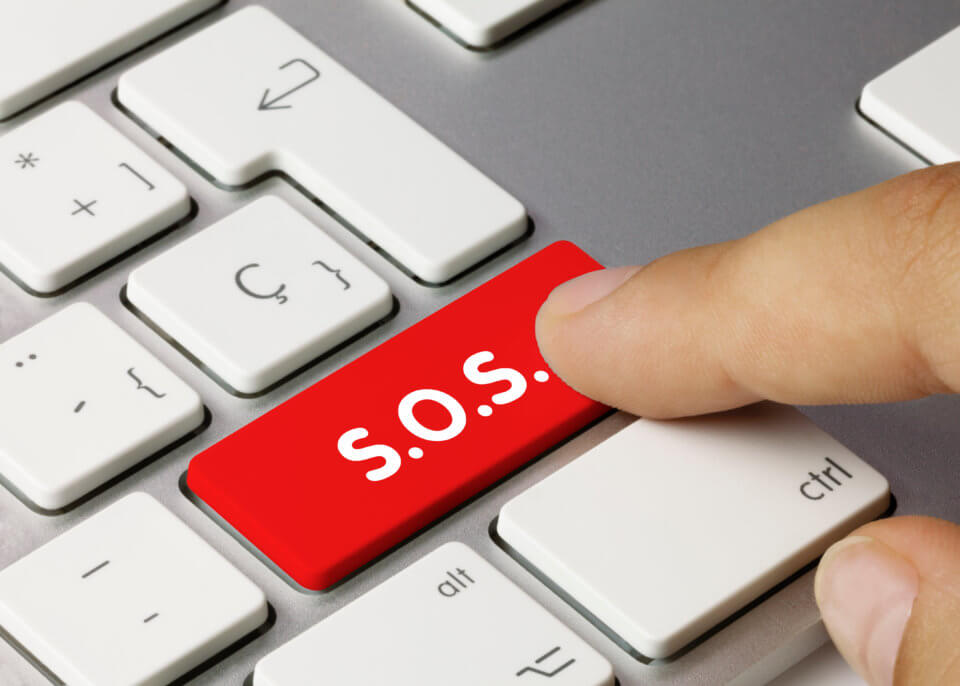Prepare Your Crisis Management Team
I have predominantly worked as a first responder to a crisis management centre (CMC). This is the hub of the initial response – strategy, mobilisation, activation, and developing awareness of the situation. A vital component that should never be overlooked before sending teams out and determining decisions.
The CMC is where the various roles of the response congregate to brief, understand the mission’s objectives, the approach to be taken and with this always consider what the decisions made can mean for those who are directly impacted by what’s happened. Most of the cases I dealt with involved a field team, also known as the bronze command, or tactical response. Activating teams to respond was not always straightforward, especially when specialist SMEs or skilled personnel were required. Having a database and choice of experienced people eliminates risk of unavailability. But when there are lots of people needed to contact in a very time-pressured environment it can put strain on providing a time-efficient, successful response.
The CMC works as a team, not all are set up the same, but undertake typical functions during a demanding incident that should be included from the get-go which include incident command, senior leadership, comms team, Care team (Special Assistance Team) Lead, Data management, IT, Legal/Insurance, investigation and business continuity.
Now, in this post pandemic world, where financial struggles may have led to team shortages, it is not uncommon for one person to wear multiple hats. Unfortunately, this person could be under intense pressure to conduct important tasks simultaneously.
Another consideration is that mobilising remote teams and conducting operations online has become the new normal. This is great to some extent, but incidents are defined as out of the ‘normal’, so do not underestimate the power of having everyone in one room and if you can’t, ensure you have sophisticated software that allows capabilities to respond cohesively, remotely. An incident toolkit is a must.
The Must-have’s for Your Incident Toolkit
Here are some key features I would recommend coming from experience of running the response in those initial hours:
Task management system – for managing and monitoring critical tasks
Mass notification and alerting – for mobilising and information dissemination
Action cards made from pre-determined checklists – to provide the all important support and structure to each role and less hand holding from the incident commander
Contact list – Both for the response team, but the wider stakeholders and staff to keep them informed, subsequently instilling a sense of security and trust
Situational Awareness dashboard – With live updates that the team can refer to
Conferencing tool – easy communicating at a click of a button
Invest your time and resources, ensure it is well practiced and developed to suit your own personal emergency response plans. Understand if something with ‘off the shelf’ features is good enough to bring some structure to incident chaos, or if your incident operations are more complex and you need something more configurable and bespoke. Understanding and implementing this takes time, so don’t leave it to the last minute.
Take action now, because no one can predict when an incident will occur, but everyone will judge you on your response.

Written by Natalie Fairchild, F-24 UK Customer Success Manager
Natalie has been with F-24 UK since July 2022. Her background in crisis management response has led her to front crisis management centre and field response activities for notable aviation disasters, terror attacks, the COVID19 pandemic and most recently the humanitarian aid for Ukrainian refugees in Poland.


